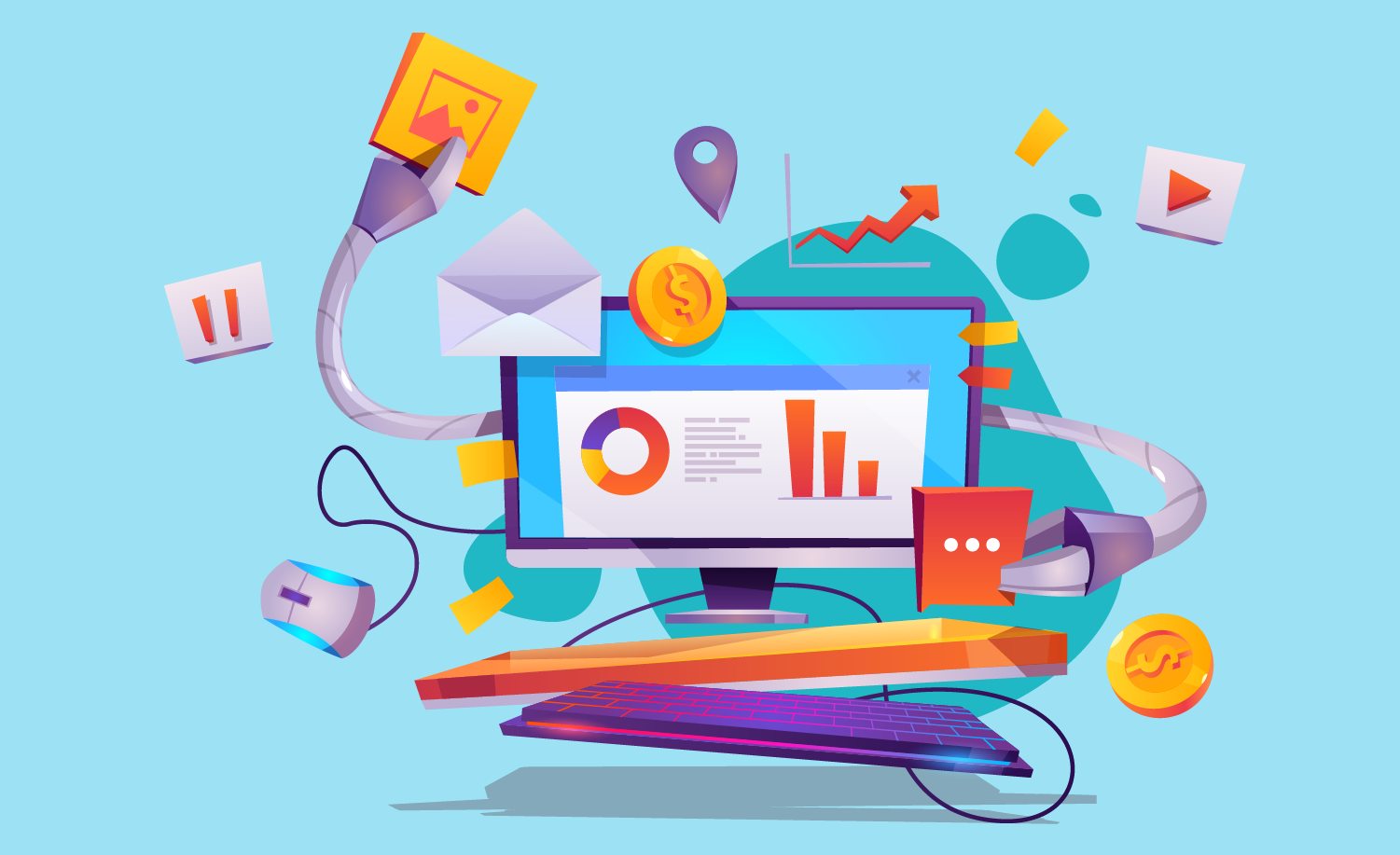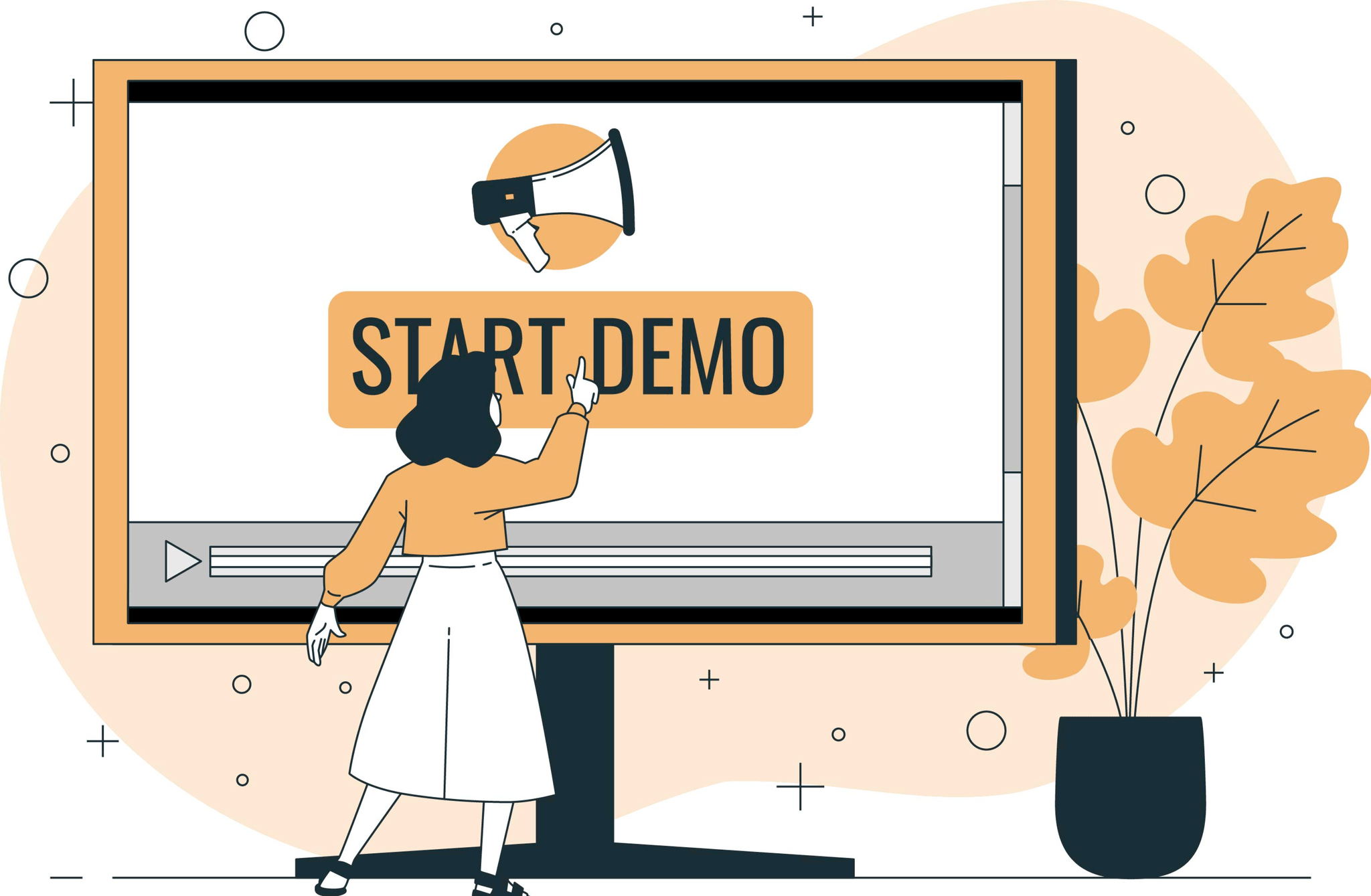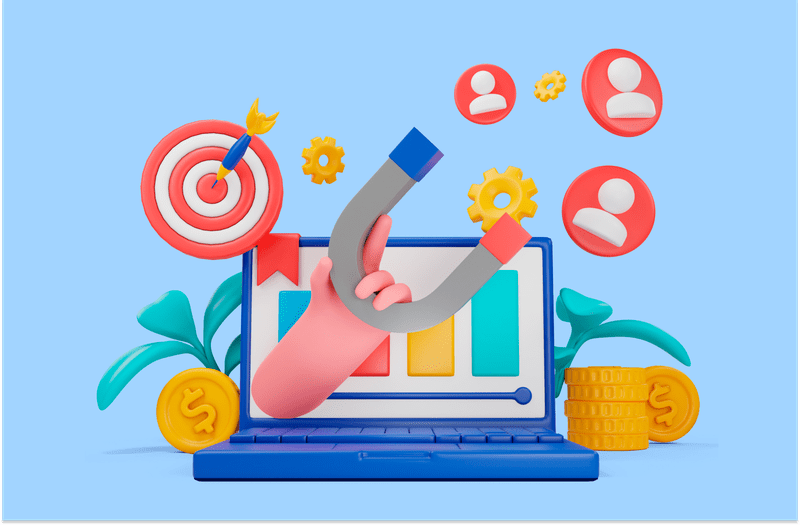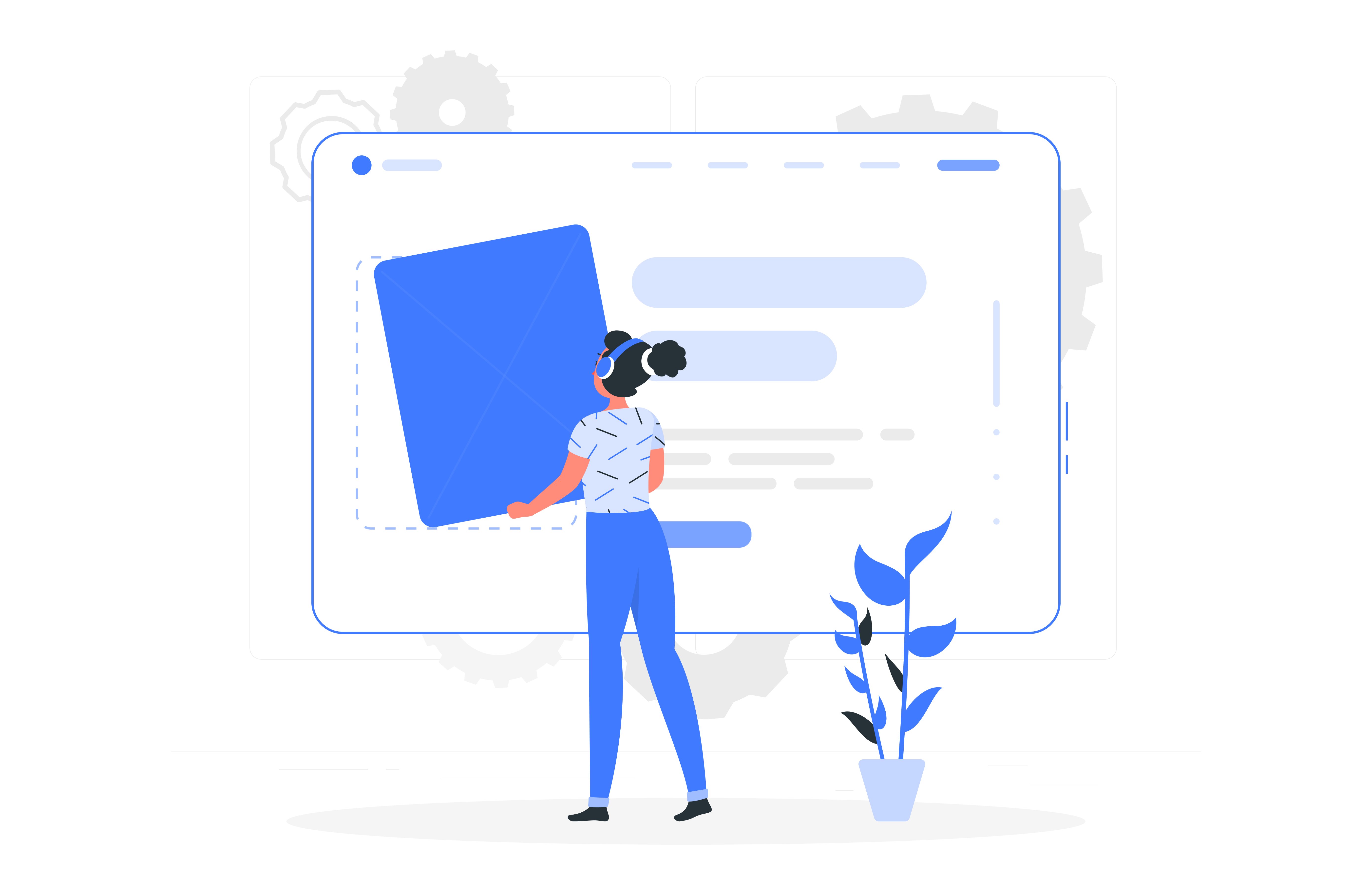When you tell people you work in sales, one of the first things that can come to their mind is images of you selling door-to-door, peddling vacuum cleaners or briefcases to regular homeowners. In reality, “sales” can encompass a wide variety of industries, niches, and audiences – from selling directly to consumers to, in our case, one business selling to another (B2B sales).
B2B (business to business) sales is all about selling to other businesses. It requires a very different approach compared to selling directly to individual consumers. If your company wants to land more sales and close more deals, this guide to B2B sales is for you.
What is B2B Sales?
B2B sales refers to businesses that primarily sell to other businesses, whether it be products, services, or software. B2B sales typically have higher order values and a longer sales cycle compared to B2C (business to consumer) sales. The sales process also tends to be complex in that the business is selling to highly informed business owners with specific goals, needs, and budgets.
How B2B Sales Has Changed
It’s important to note that B2B sales has changed over the years. What used to work more often (cold calling and sales calls, for example) have been rendered less effective as business owners want to take control before they buy – ie, buying on their own without interruption from the vendor.
Case in point, only 29% of business owners want to talk to a salesperson when learning about a product and over 50% of buyer decisions are made before a buyer speaks to a supplier. Salespeople even admit that B2B sales has gotten more difficult as of late.
For these reasons, it’s important to stay on top of recent trends and adopt future-forward strategies to improve your company’s B2B sales close rate.

Sell Like a Pro: B2B Sales Strategies to Win More Customers
Unfortunately, studies show that only 3% of buyers trust sales reps – making trust one of the most important components of a successful B2B sales relationship. This should be at the foundation of every salesperson’s approach, with an emphasis on building credibility and listening to the customer’s needs.
With this in mind, your team can tackle each of the below sales strategies to help improve close rates and win over more customers. Just be sure to put the customer first and communicate how your product can help their business improve.
1. Research Your Target Audience
Generating more B2B leads is nice, but it’s the quality of leads that often matters more than the quantity. So, before you even launch your marketing campaigns, you need to thoroughly research your target audience to determine who you want to reach, what they are looking for, and where to find them.
You should also take the added step of researching each lead that comes in. That means figuring out their company size, which pages of your website they visited, who their target customers are, etc. This will help you figure out how to tailor your sales pitch to appeal to their unique needs and come prepared to any sales conversation.
2. Ask More Questions
Your preliminary research will only tell you so much. Most of the information you get will come from listening to your prospects and asking the right questions. You should enter every sales conversation with a list of important questions to ask to help you both qualify your prospect and let them know that you care about their needs and goals.
Some helpful questions you might want to ask include:
- Where did you first hear about our company?
- What is your #1 business struggle at the moment?
- What solutions have you already tried in order to solve this problem?
- In what ways do you think our service/product may help your business?
- Who is your target audience?
- You are your top 3 competitors and what makes your business different?
- What are you looking for most in a product/service/software like ours?
3. Build Customer Trust
First thing, you should be honest about what your product is, what it does, what it doesn’t do, and how much it costs. You can save the pricing conversation for the end, but the customer should know exactly what they are signing on for, including any “hidden” fees or added costs. You may think this will hurt the sale, but it’s better to be honest now than to risk creating an unhappy customer down the road.
Here are some other ways to build up customer trust:
- Mention that you offer excellent customer service and what all that entails (24/7 access, phone support, etc.)
- Describe your return or refund policy
- Share customer reviews and testimonials
- Be transparent about your product and how much it costs
- Create a customer loyalty program with exclusive discounts
- Answer all of your prospect’s questions
4. Speak to Inform, Not to Persuade
Your goal should be to highlight the benefits and features of your offer without using manipulative tactics to persuade the customer to buy. The idea is that if the customer thoroughly understands what it is that you offer, they can decide for themselves whether it’s a good fit for them or not. Then your role is to handle any objections they may have and answer their questions with honesty.
5. Qualify Your B2B Leads
Not every lead that comes your way will be your ideal customer. The better you qualify your leads, the more likely they are to be a match for your offer, and the more likely you are to close them. Decide internally what those characteristics will be and create a process for qualifying them – for example, having a discovery call or having them fill out an application.
When qualifying, follow the GPCT and BANT approaches:
- Goals – What do they want to achieve?
- Plans – What are their strategies to achieve those goals?
- Challenges – What challenges are they facing?
- Timing – When do they want to achieve their goals?
- Budget – How much money do they have to fund a solution to their problem?
- Authority – What is this person’s influence within the company? Do they have the authority to make purchasing decisions?
- Need – What is the unique pain point the buyer wants you to solve?
- Timeline – Is there a specific time frame for when the prospect needs a solution?
6. Listen to Your Prospects’ Needs
It’s hard to craft your pitch to fit your prospect’s needs if you don’t know what their needs are to begin with. Practice active listening – listening without interrupting and repeating what the prospect has said to confirm that you are listing – to figure out what they are looking for and whether you’ll be able to help them. This will make the buyer feel understood and will help you focus in on what the buyer needs.
Try to only do 30% of the talking. This may feel a bit awkward at first, but you’d be amazed at how well it works. Customers want to feel heard and understood, as this helps them trust you and feel more comfortable knowing your pitch is suited to their unique needs.
7. Paint the Bigger Picture
It is easy to get wrapped up in the more technical components of your offer, but be sure to step back and explain how your product or service fits into the bigger picture of their business. It matters less how your product or service works then what it will help your customer achieve. What is the end goal? How will you help their business thrive and grow?
8. Use Effective Sales Tools
The right sales tools can help you generate, qualify, organize, and even follow up with your leads to help you streamline the sales process and save you tons of time in your business. For example, Visitor Queue helps you generate B2B leads straight from your website and tools like Salesforce help you organize your contacts, check lead status, send contracts, and more. Check out these 20 Sales Tools Every Rep Should Be Using.

9. Look at the Data
Your website analytics, customer behavior data, and social media analytics can tell you what types of content your audience engages with the most, which offers they click on most often, and how they interact with your brand online. Having this data on-hand can help you craft a stronger sales pitch and speak to your unique interests of your customers.
Some of the best analytics tools for B2B businesses include:
- Google Analytics
- SEMRush.com
- Ahrefs.com
- Kissmetrics
- Leadfeeder
- Facebook Insights
- Google Marketing Platform
10. Close with Confidence
Closing like a pro takes practice. Don’t expect to nail every sales conversation every time, especially if you are just getting started. Practice your pitch a few times, take notes to help yourself improve over time, and ask for customer feedback so you can know where to pivot and how best to serve them.
Simply searching for “B2B sales strategies” will open your eyes to new tactics and tools that can help you improve your close rate. It’s a good idea to create a sales playbook of your top strategies so you have something to refer to during any tough sales conversation. Over time, your skills will improve and you will be a B2B sales closing machine.
11. Use a Demo Software
Demo software is taking the B2B sales industry by storm. Essentially, a demo software, like Demowell, can help you build an interactive demo of your software with pop ups, video clips, audio clips, and other features that guide the viewer through what it would be like to use your software. You can personalize the demo with your prospect’s logo, employees as users, key data points, and more. Embed the demo on your website, send to prospects, or include it in your email onboarding sequence to help your users understand how to use your software.
Get Started with the Best B2B Sales Tools
B2B sales is made easier when you have the best tools in your arsenal. Tools like Visitor Queue can help you generate more leads directly from your website, qualify those leads, and follow up with prospects so you can land more customers on autopilot.
Of course, having the right sales strategies also helps you fine-tune your approach, build trust with prospects, and close with confidence. The above guide listed 11 smart strategies you can use, but you’ll find many more by speaking to experienced sales professionals, taking courses, and more. What’s important is that you always put the customer first so you can tailor your pitch to speak to their unique needs and goals.
Want to generate more B2B sales leads from your website? Get started with your 14-day free trial of Visitor Queue to see what website lead generation can do for you.
 Identify
Identify Personalize
Personalize Benchmark
Benchmark Agencies
Agencies Integrations
Integrations Case Studies
Case Studies Use Cases
Use Cases Blog
Blog Resources
Resources



















